


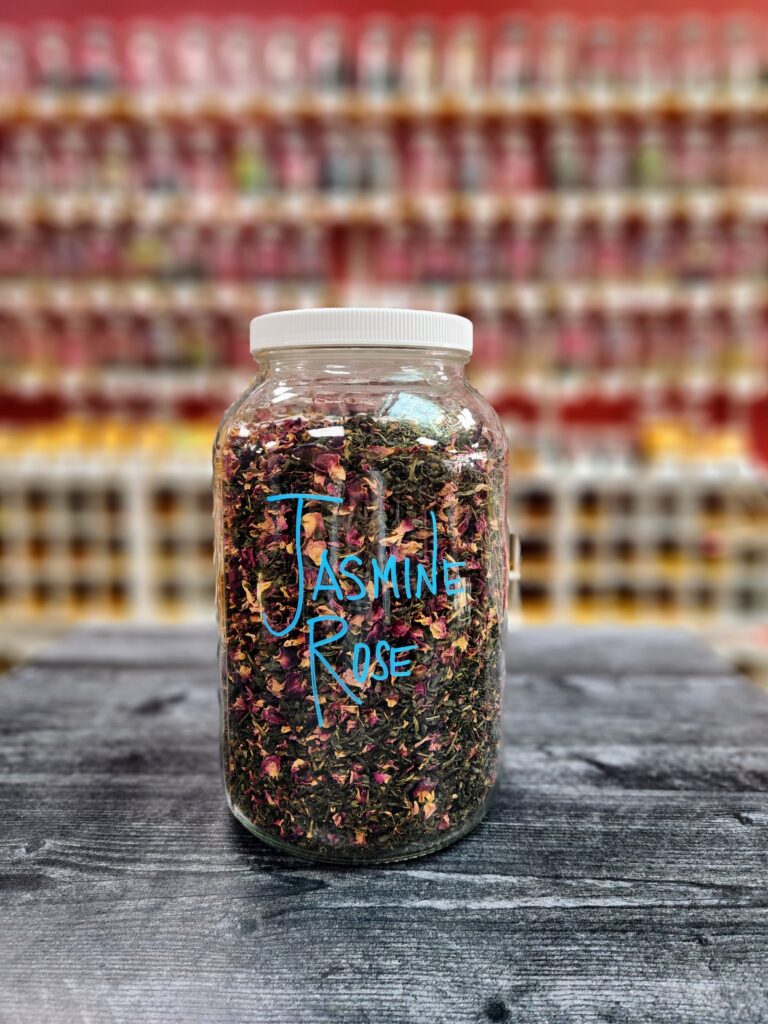
A few years ago, we couldn't have answered a single one of your tea questions! But diving into the world of tea and learning to brew tea properly literally changed our lives!
Before we became the owners of SpiceTopia, tea came in a tea bag from a box at the grocery store. We picked our tea out on a whim because the box looked cute or the name sounded interesting.
After coming home, that box was unceremoniously shoved into a cupboard (above the stove!). Every once in a while, we would remember the tea was there and decide to make a cup. That involved plopping a tea bag into a cup of hot water for an indeterminate time. That time depended on when we remembered to come back to our tea. It might be 2 minutes or it might be an hour later!
And the tea was never that great, but it was tea. We had no idea that tea could be anything different.
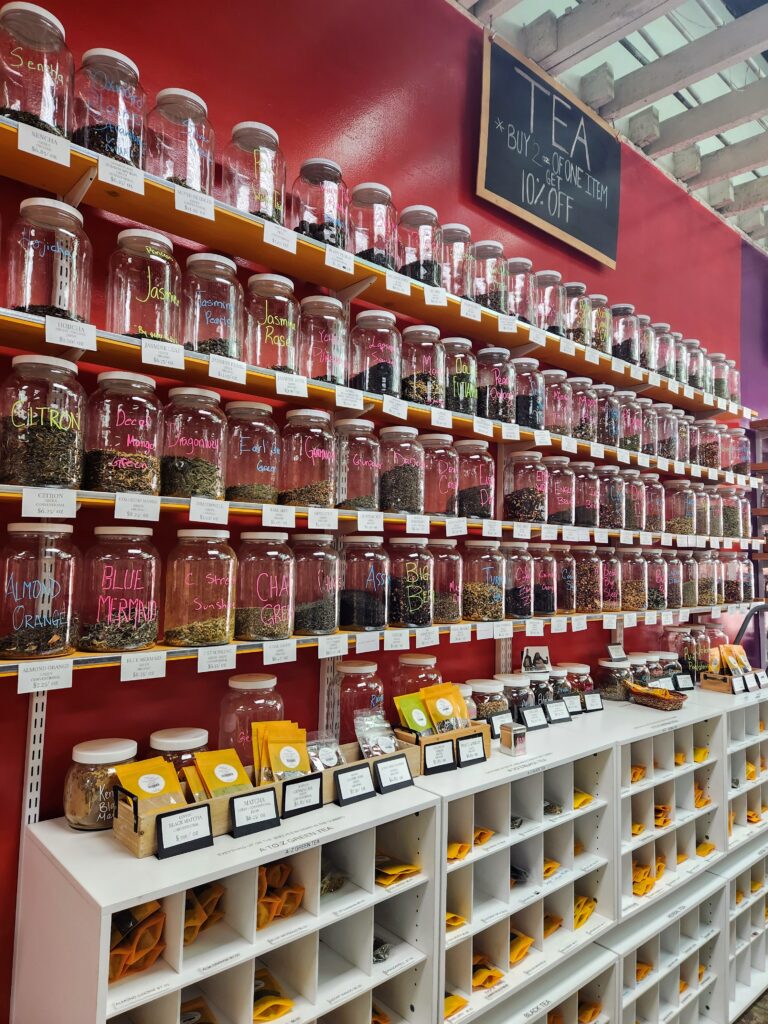
After our family became the owners of SpiceTopia, we were so excited about the spice portion of the business. Food was our game! As extreme foodies, we felt well versed in the spice game. We felt comfortable recommending spices and helping our customers with any of the hundreds of spices and rubs up on SpiceTopia’s wall.
And we figured, maybe we should learn something about these 100 teas or so that were up on the TeaWall. It was a bit of an afterthought to be honest.
Visiting family in London, we signed up for an oolong tasting with a tea sommelier. And after the first sip of that tea, our minds were blown! That moment was when we realized what tea could be!
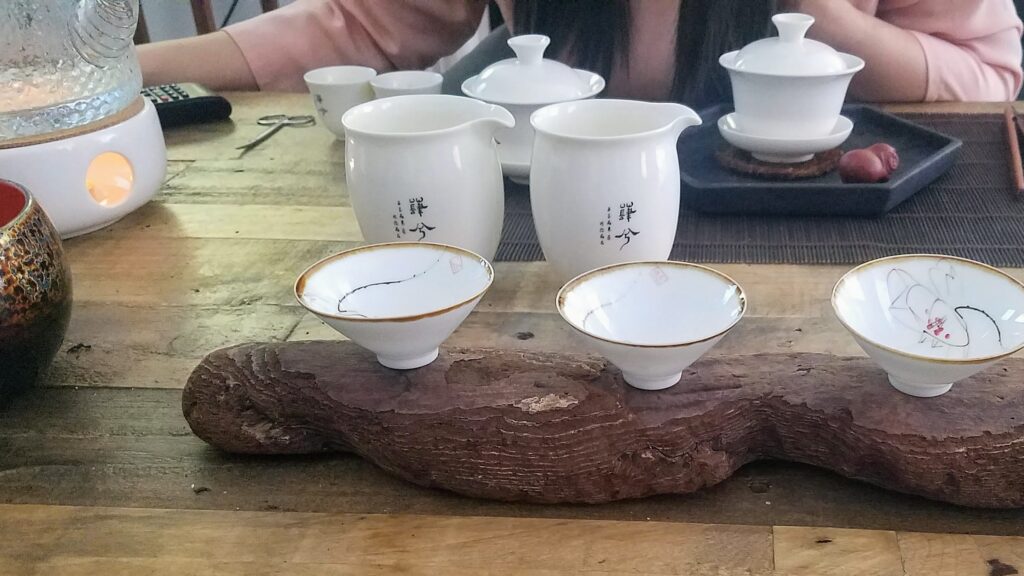
This simple leaf picked on the other side of the world introduced us to a whole new world of flavor and culture! Our passion for tea was sparked at that moment.
And that passion has just grown in the years since! We’d like to bring that same excitement for tea to your life!
And it all starts with…
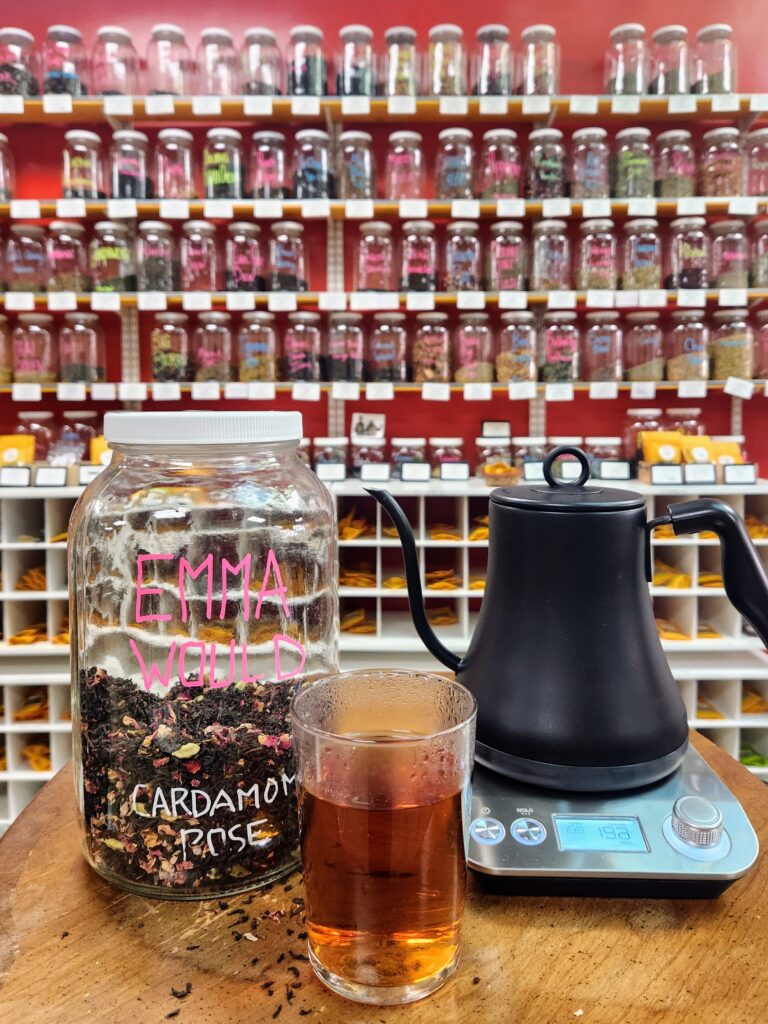
Along with starting with quality tea, nothing determines how your tea will taste more than the water you use.
Brewed tea is mostly water, so start with a water you are happy drinking. If your water has a strong or “off’ taste, the tea will not cover up those tastes.
Next you need to consider the temperature of the water and the time the tea is brewed.
Different types of teas need different treatments.
If your tea is usually bitter and astringent, this brewing guide might just change your whole relationship with tea! When teas are brewed in water that is too hot, it can pull out tannins and actually burn the tea leaves creating bitterness and astringency.
Keep in mind that each specific tea will have its own nuances that will determine the best way to brew it. Start with the above guidelines and then experiment with temperatures and times. Starting with a lower temperature is always better than a higher temperature. And brewing for less time is always better than a longer time.
If you’d like to learn more specifically about green tea or oolong tea, find our articles here:
Using less tea can actually equal more flavorful tea.
Many of our customers are surprised when we let them know how many cups of tea can be made with just an ounce of tea. An ounce of tea varies in volume, but with most teas expect to be able to make 8 - 12 cups of tea. We suggest starting with just ½ - 1 teaspoon of tea leaves for 6 - 8 ounces of water. Most tea is actually more flavorful when the leaves are allowed to fully bloom and open up in the infuser.

As we mentioned above, we used to be tea bag people! After all, plopping that tea bag in a mug of hot water seems easier than filling a tea infuser with loose leaf tea.
Now we shudder at the thought of tea bags for a couple of reasons.
Quality.
Loose leaf tea tends to stay fresher longer than the tea in tea bags. Most tea bags contain fannings or dusts. Fannings are pieces of tea leaves that have broken off of whole leaf teas. Dusts are even smaller pieces that have crumbled off the fannings.
These fannings and dusts are small enough to fit into a tea bag and they don’t expand when brewed like whole leaves of tea. Unfortunately, these broken leaves lose their essential oils quickly which means the loss of flavor as well as the quick release of tannins which tends to make tea brewed from these bits and pieces bitter!
Also many times, tea bags are filled once a year and then stored in cardboard boxes which is not the best way to store tea long term.
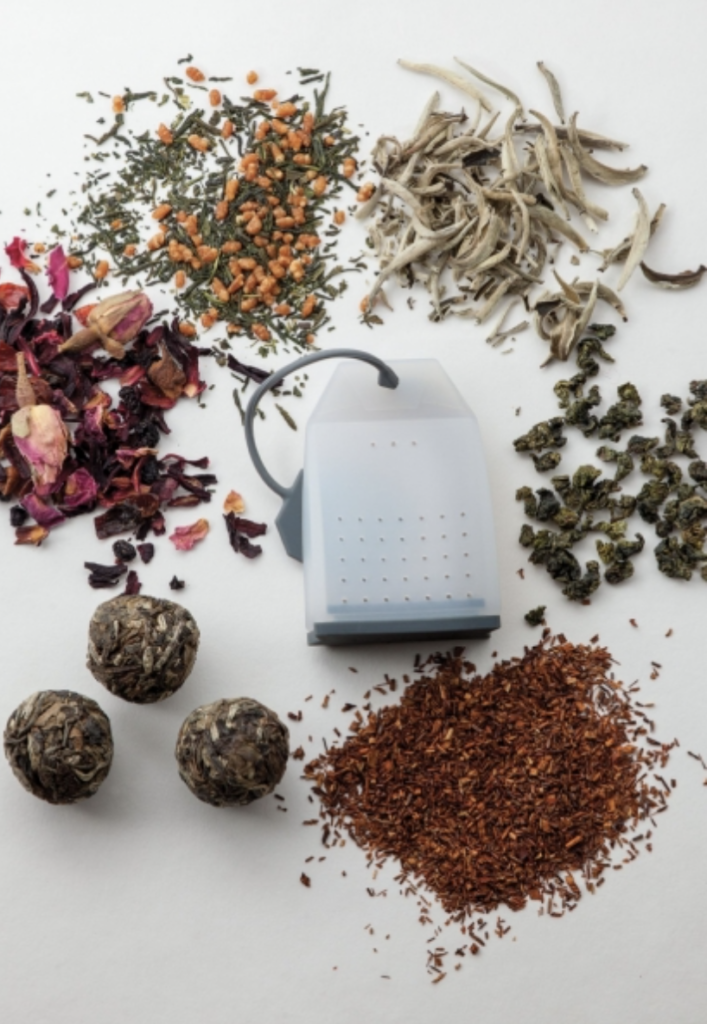
Environmental Concerns.
Environmentally, tea bags aren’t so friendly for the earth.
Tea bags are mostly made from plastic. Even the higher-end tea bags labeled as silk or mesh are actually created from nylon, and nylon is a product of petroleum. When tea bags are heated to temperatures as low as 100°F they start breaking down and molecules of the nylon/plastic begin leaching into that heated water. Teas are brewed between 160° and 210°F. At those temperatures, there are most certainly molecules of that nylon in your tea. We’re thinking that’s not a cup of tea you want to drink!
How tea is stored can affect its taste and aroma. When you spend time and money seeking out quality tea, having that tea go bad is sad! These tips will help you keep your tea fresh– saving your taste buds and money in the long run.
5 Tips to Storing Tea
When storing tea, you’ll want to keep it away from oxygen, heat, light, strong odors, and moisture.
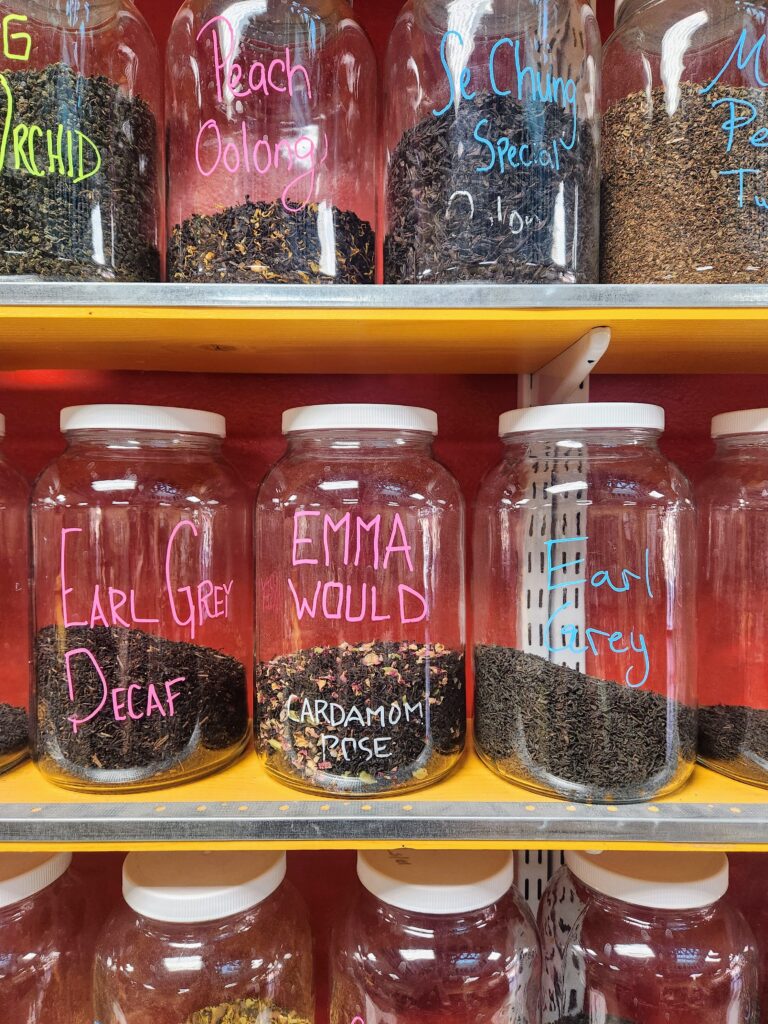
Pure tea doesn’t necessarily go bad, but it does go stale and lose flavor over time.
Teas that are flavored with oils or that contain fruit can go bad.
Of course, you should always look at and smell your tea before using. When stored improperly, tea can become moldy or simply lose its flavor. Be sure to give your tea a quick once over before using it. Anything that smells odd should be disposed of.
We hope this answers your tea questions! If we’ve missed answering a question you have about tea, please leave a comment with your question and we’ll be sure to answer it!
We invite you to join our passion for teas by visiting SpiceTopia's TeaWall on Main Street in Downtown Ventura
or
shop our virtual TeaWall anytime at
Tag @spicetopia on Instagram and Hastag it #spicetopia so we can see all your recipes.
Pin this recipe and share it with your followers.
Organic, Fair-Trade, Ethically Sourced, Created with Love Spices, Teas, and Locally Crafted Foods
Thank you for visiting our site!